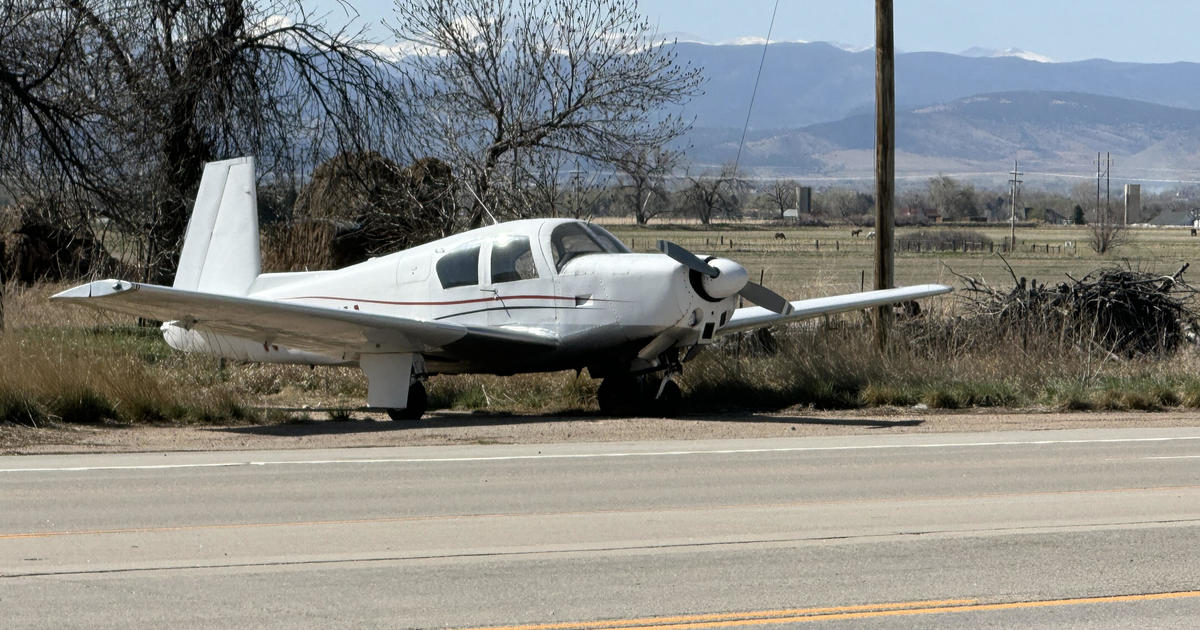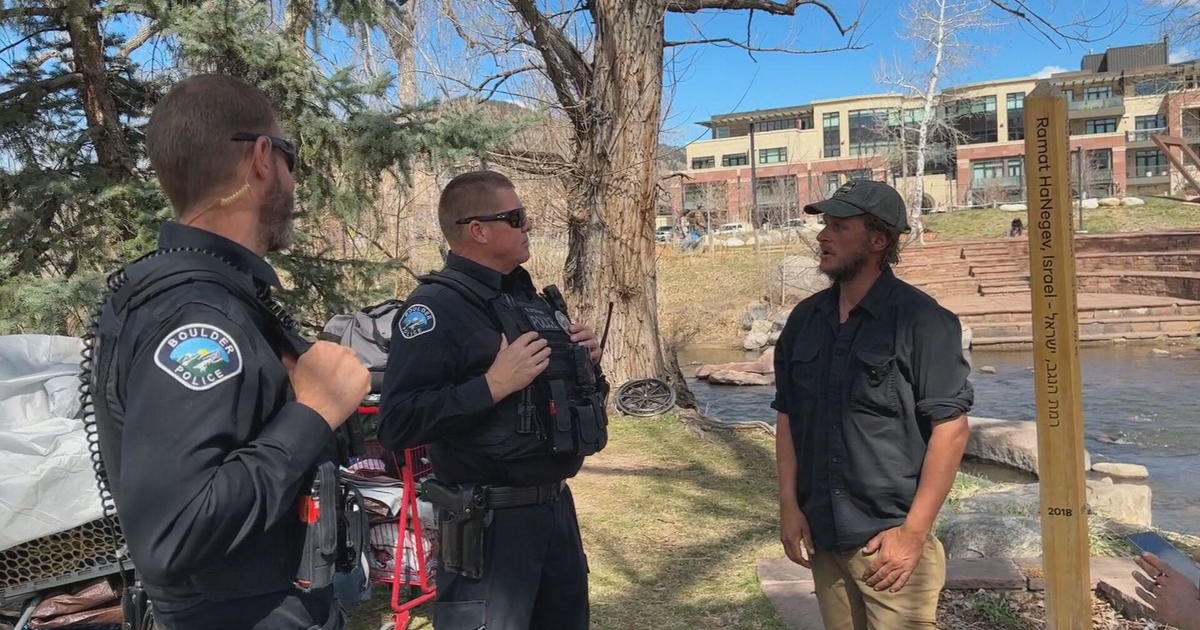Low-Flying Planes Along Front Range Studying Air Pollutants
DENVER (CBS4) - Colorado residents who've spotted large low-flying aircraft in recent days needn't worry.
The planes -- one of them a massive C-130 -- are part of two studies that are seeking answers behind poor air quality while also measuring pollution at different altitudes so scientists can teach satellites to better understand dirty air.
The studies employ three planes, two from NASA and one from the National Center for Atmospheric Research in Boulder, that fly along the Front Range from Fort Collins and Greeley in the north to the Denver metro area. The studies began July 16 and will conclude Aug. 16. The planes fly as low as 1,000 feet.
"One of the things we're really trying to do is teach the state how to observe air quality from space," Jim Crawford, a principal investigator for NASA, said. Ground instrumentation and satellites are only partially effective at measuring pollution, and each has its drawbacks. Satellites, for instance, are limited in diagnosing pollution at different altitudes. The planes will improve their technique, Crawford said.
"Pollution is not only at ground level. It's also aloft. A satellite looks down through the entire atmosphere. And it has trouble distinguishing between what's at ground level -- where we need to understand your exposure -- and what's above. By taking measurements simultaneously at the ground and above, we can begin to understand (how) a satellite can distinguish the pollution you're breathing and what's higher up in the atmosphere," Crawford said.
Ozone levels in Colorado far exceed national standards this year and usually do during summers.
Poor air quality created by ozone, which is naturally generated when sunlight bakes together nitrogen oxides with pollution emissions, is hazardous for asthma patients, others with respiratory ailments and cyclists and runners. Too much ozone is also damaging to plants and crops, so the study offers economic benefits, too.
The planes will continue flying approximately eight hours a day from sunrise to sunset, and Front Range residents should expect to see the planes near urban corridors because that's where pollution is generated -- by traffic, oil and gas emitters, feedlots, agriculture and other sources.
"When you want to understand air quality, you have to bring the assets to where the activity is. Pollution happens in a city. It doesn't happen in another place," Crawford said.
Crawford's team is conducting the study concurrently with a team of scientists from NCAR in Boulder.
Frank Focke, a scientist and principal investigator with NCAR, said the Federal Aviation Administration approved the project and that the planes' routes don't conflict with regular air traffic.
"(The planes) might look a little bit intimidating to some, but there is no reason for concern," Focke said.
This is the fourth and final area in the NASA study. Previous flights focused on the Baltimore-Washington region in 2011 and Houston and California's San Joaquin Valley in 2013.




